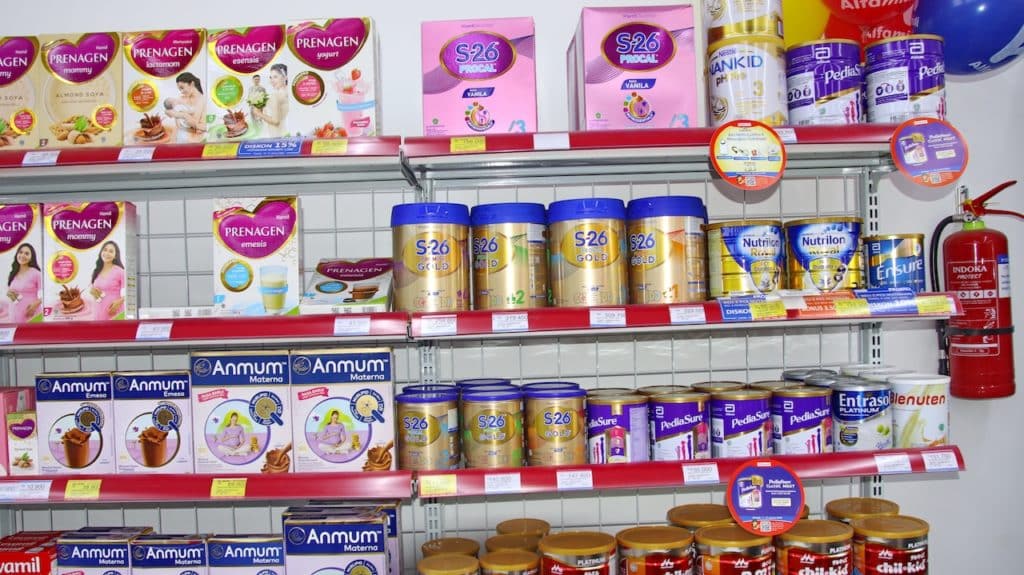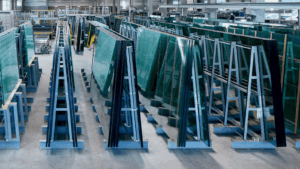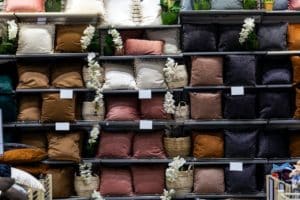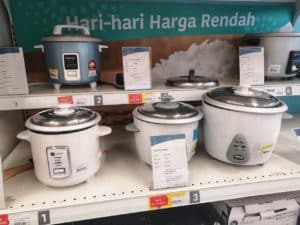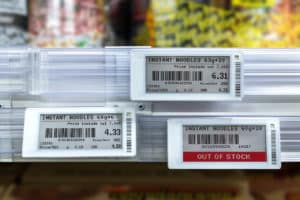Shelving is a key marketing tool for companies wishing to introduce their products to a wider audience. It allows products to be showcased in a clearly identified space, making it easier for consumers to make decisions. The result: additional sales and increased sales! In this article, we'll look in detail at the benefits of shelving and how it can be used to promote new products.
What is shelving?
Shelving is the term used to describe the process of presenting and placing products for sale on store shelves. It's a highly effective system that enables retailers to promote their products and offer customers a pleasant, convenient shopping experience. It involves selecting the products to be displayed, determining their ideal positions in the store, arranging them attractively and maintaining them regularly.
The logic behind shelving is to optimize the customer experience, so that they can find what they need through an interesting and varied selection of products. This can be achieved by :
- use categorization for sales
- highlight certain products according to their popularity
- take into account seasons and fashions when choosing products
- define available space when selecting products
Next, it's important to ensure that products are strategically positioned to encourage customers to buy. Merchants therefore need to place all items where they will be easily accessible for better visibility, and keep an eye on how each item is selling so they can adapt their placements if necessary.
Adaptability
Good shelving means well-maintained, attractive displays that encourage consumer engagement. The aim is to instill confidence. This can be achieved by using bright colors, meaningful lighting or attractive web layouts to draw attention to the different items you want to highlight.
The use of billboards or other promotional materials can be very useful for promoting certain products. Shelving should aim to ensure that consumers find what they're looking for easily, in sufficient quantity, and that they get a positive experience when they visit a physical or virtual store. This practice helps to improve the overall image of a company or brand with consumers.
Shelf-stacking to introduce new products
Shelving is a process that can also be aimed at the discovery of new products. To present their products effectively, retailers need to give consumers the confidence to understand what they're buying, and to be more open to the idea of trying out new products. This can be seen as a kind of showcase for products.
This marketing tool helps to inform consumers about a product they are unfamiliar with, and to show them its qualities. In this way, the store can present a more complete range of products on the shelves, acting as a first impression when talking about new products. One of the techniques used to validate a new product is to present it in comparison with an already familiar product. Visual aids such as posters and billboards also enable retailers to draw customers' attention to special offers.
Good shelving can therefore help promote the sale of new products, as it enables retailers to create a better customer experience thanks to a more attractive and informative presentation. It also promotes customer loyalty, as customers have access to clear information about the products on offer, and are more likely to try out these new products if they are presented correctly. To promote the discovery of new products, a good marketing strategy will therefore very often include specific shelving. Shelving is an essential process for effective sales offers and communication materials.
Case study: Monoprix
Here is a case study on Monoprix and the discovery of new products thanks to shelving:
Monoprix is a French retail chain that focuses on food and convenience products. The company is known for its expertise in merchandising and product shelving, and a concrete example of how Monoprix uses shelving to help customers discover new products is the introduction of its "La Beauté Monoprix" range. This range includes a selection of affordable, quality beauty products, which are highlighted on the shelves with attractive displays and careful presentation.
When Monoprix launched this range, it organized a communication campaign to inform customers and set up a specific shelf layout for the range. The products were displayed at the head of gondolas and in dedicated displays, with clearly labeled shelves to make it easier for customers to find what they were looking for.
Thanks to this promotion, many customers discovered the "La Beauté Monoprix" range for the first time and began to buy these products on a regular basis. Monoprix also ensured that the range was well-matched and met customers' needs, carrying out upstream surveys and polls to gather feedback and suggestions.
Thanks to its meticulous shelving layout and effective communications, Monoprix has succeeded in developing a totally new customer experience and boosting sales of its "La Beauté Monoprix" range tenfold. It has rapidly become a major player with its new affordable, high-quality beauty products.
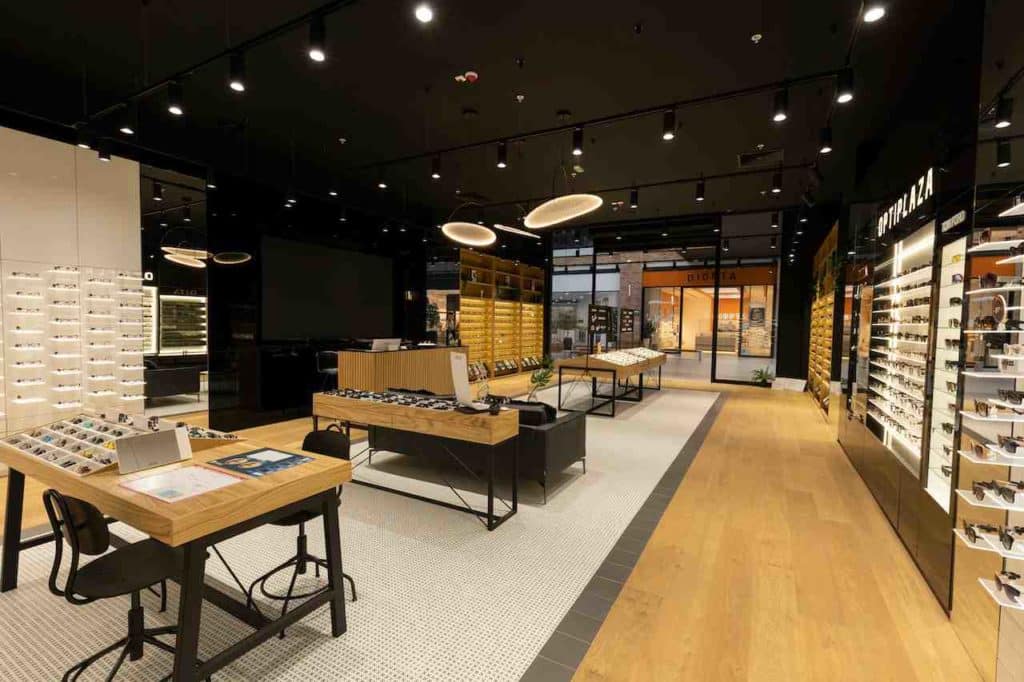
Best practices
The right organization for a new product line implementation strategy calls for a precise and evolving study. Classic schemes include :
- product placement on shelves: use in-store communication media such as POP (point-of-sale advertising) to promote new products.
- personnel: hire sales consultants for a given launch period.
- labels: highlight best-selling products
- locations: maximizing visibility through eye-level positioning and accessibility for customers
- colors: dare bright tones to surprise
But to successfully launch a new product, other marketing tools are needed. Selling a new product often means changing the store's own habits, so don't hesitate to provoke reactions. To increase the operational effectiveness of a new product sale, intelligent planning adds a real plus to the strategy. Among all the marketing techniques to be implemented, cross-merchandising could be the most effective for selling new products, as we shall see.
Cross-merchandising to sell new products
Cross-merchandising is a sales technique used in retail to stimulate impulse buying by offering customers complementary or similar products. This technique involves placing related or complementary products close together to encourage further purchases.
For example, in a supermarket, products such as bread, cheese and cold cuts can be placed together to encourage customers to buy a selection of items for a picnic or aperitif evening. Similarly, a clothing store can place accessories such as jewelry, belts and handbags close to clothing items to encourage customers to buy a complete outfit.cross merchandising can be an effective strategy for introducing a new product to customers.

